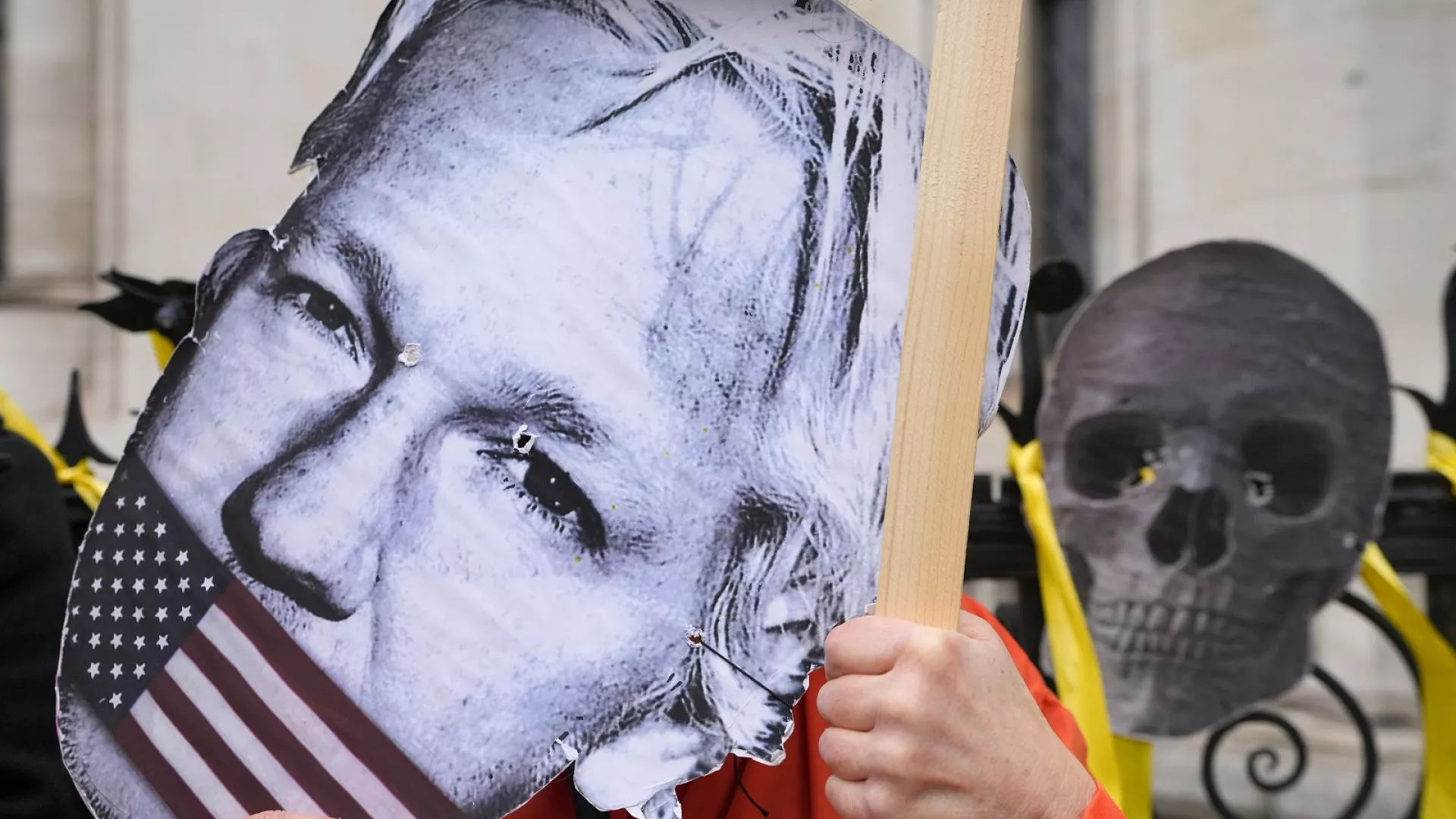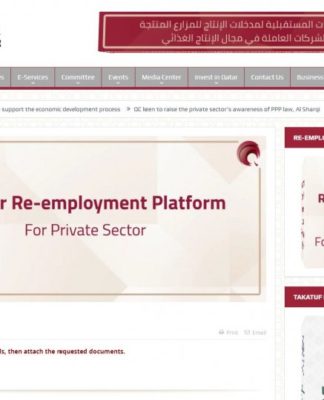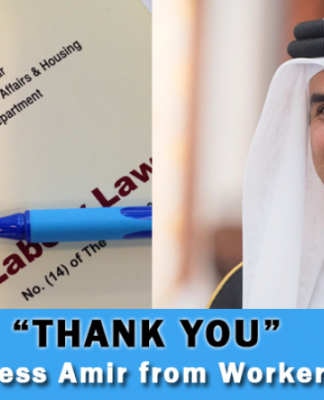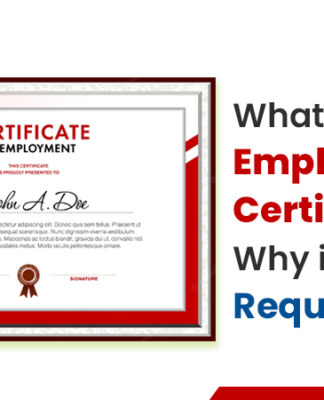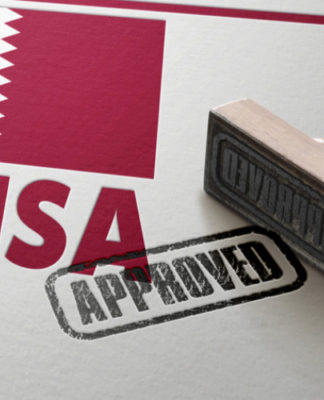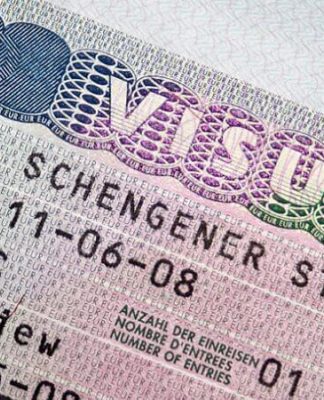Why is WikiLeaks founder and hacker Julian Assange facing extradition to the US?
A demonstrator holds a Julian Assange mask outside the Royal Courts of Justice in London, Tuesday, February 20, 2024.
By Anna Desmarais
Published on 20/02/2024 – 15:50•Updated 17:21
Share this article
Comments
Julian Assange returns to court in a final attempt to avoid extradition on espionage charges. Euronews Next takes a look back at how we got to this point.
WikiLeaks founder Julian Assange is facing a decisive two-day court case in the United Kingdom that will decide whether he is to be extradited to the United States on spying charges.
The High Court of London is expected to decide by Wednesday on whether it should block the 52year-old’s extradition to the US, where he faces 18 counts of espionage for publishing hundreds of thousands of confidential documents in 2010 related to the US military’s conduct during the Afghanistan and Iraq wars.
The Australian journalist and ethical hacker has been held at Belmarsh prison in the UK since April 2019.
In light of this significant legal milestone, Euronews Next takes a look back at who Assange is, what exactly he’s accused of, and what could happen next if he loses his last-ditch attempt to stay in the UK.
‘I went to prison for the £77m TalkTalk hacking. I could be sent back for ordering a McDonalds’
Who is Julian Assange?
Assange was known as a skilled Australian hacker under the name Mendax long before he started WikiLeaks. One incident when he was 16 led to the police infiltrating his mother’s home and confiscating all his equipment.
Assange has been linked to several prominent hacks as a member of the group the International Subversives, including the WANK hack at NASA in 1989 and the online takeover of MILNET, an online server used by the American military.
By 1991, Assange was behind bars for the first time after Australian police discovered that he hacked the Melbourne-based master terminal of Nortel, a Canadian telecommunications firm.
Data of half the population of France stolen in its largest ever cyberattack. This is what we know
Assange was charged with 31 counts of hacking crimes, but eventually struck a plea deal, admitting to 24 of the charges and ultimately walked away with a fine of A$2,100 (around A$5,000 today, or €3,000).
Soon after, Assange founded the activist organisation Parent Inquiry into Child Protection with his mother, a group fighting local corruption by using the Australian Freedom of Information Act to secretly record government meetings.
Maclean’s, a Canadian magazine, later referred to it as a “low-tech” trial for the eventual WikiLeaks.
Julian Assange greets supporters outside the Ecuadorian embassy in London, May 19, 2017.
Julian Assange greets supporters outside the Ecuadorian embassy in London, May 19, 2017.Frank Augstein/AP
What was WikiLeaks?
In 2006, Assange and a group of other dissidents established WikiLeaks and by that December, the website posted its first leak: a decision to assassinate government officials signed, notably, by a Somali political figure.
At the same time, Assange posted an essay called ‘Conspiracy as Governance’ that detailed his reasons for doing what he called ethical hacking.
“The more secretive or unjust an organisation is, the more leaks induce fear and paranoia in the leadership and planning coterie,” Assange wrote.
“If we have learned anything, it is that regimes do not want to be changed. We must think beyond those who have gone before us and discover technological changes that embolden us with ways to act in which our forebears could not”.
‘Even if we go into nuclear winter, I know I tried to help’: A volunteer hacker on waging cyber war
For the next four years, WikiLeaks published Internet censorship lists, leaks, and classified media from anonymous sources.
A few of these cases attracted attention. In 2007, documents about the operations of Guantanamo Bay published on the site showed that the US military was keeping prisoners in isolation for over two weeks to make them more compliant.
Another, in 2009, compiled more than 500,000 confidential exchanges from the Pentagon, the FBI, and the New York Police Department (NYPD) about 9/11 to show how authorities responded to the attacks.
But the big bombshell that landed Assange in prison again, and now in front of UK courts, was yet to come.
The so-called Cablegate
In 2010, the site published a video from a US military helicopter that showed civilians, including two journalists, being killed in the Iraqi capital, Baghdad in 2007.
A voice on the transmission, talking to the pilot, says “light ’em all up,” inciting the pilot to shoot civilians with the gunship’s cannon.
WikiLeaks told media at the time that the video showed that the “US military’s rules of engagement were flawed”.
Then, WikiLeaks published hundreds of thousands of documents and diplomatic cables leaked to them by Chelsea Manning, a former US military intelligence analyst, with similar reports of civilian casualties in the Afghanistan and Iraq wars.
The documents showed that 66,000 civilians were killed by the US miitary during the Iraq War – much more than had been previously reported by the American government.
3 signs your kids may be hackers and what to do about it
US authorities claim, in their case against Assange, that publishing this information had “put named individuals in Afghanistan and Iraq at risk of serious harm, torture or even death”.
Assange was subsequently charged with 18 offences of breaking into military bases to acquire sensitive information.
Another indictment was levied against him in 2010; a rape charge by the Swedish government against one of their citizens.
With two warrants out for his arrest, Assange went on the run in 2012. He lived in the Ecuadorian embassy in London after he lost a UK Supreme Court appeal to extradite him to Sweden to face the rape charge.
UK police finally arrested Assange outside the Ecuadorian embassy in 2019, after authorities there evicted him in response to the dropping of the Swedish case. He had initially been held for 50 weeks for skipping bail, before the Americans started working on his extradition case.
What happens now?
In 2021, a British court concluded in Assange’s first extradition case that it would be “oppressive” to extradite him to the US due to his mental health and because there was a real risk that Assange would take his own life.
“I find that the mental condition of Mr Assange is such that it would be oppressive to extradite him to the United States of America,” Judge Vanessa Baraitser said at the time.
Yet, the Americans continue to press for his extradition which could mean, if Assange is convicted, up to 175 years in prison.
European leaders at risk of ‘blackmail, hacking and compromise’ due to trade in data – report
The real danger, according to his wife Stella Assange, is that he might inadvertently face the dealth penalty in the US.
“His health is in decline, physically and mentally,” she recently told reporters. “His life is at risk every single day he stays in prison, and if he’s extradited, he will die”.
Despite Assange’s legal woes, the WikiLeaks site is still live but has not published a new report since 2021.














